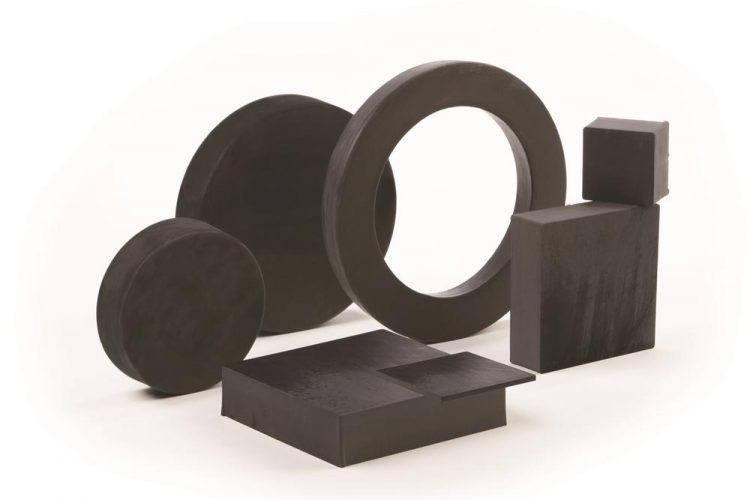Background: Black quartz glass for ultra-clean chips

Heraeus Black Quartz
Heraeus has developed a specially colorized quartz glass consisting exclusively of silicon and oxygen and absorbing and radiating heat without conducting it within the quartz glass body.
These properties are very interesting for the semiconductor industry: Even the tiniest trace impurities during manufacturing will result in a defective microchip, which is then unusable. Traditional colorized quartz materials contain device killing elements such as tungsten or carbon.
HBQ® (Heraeus Black Quartz) provides an over-all impurity level of below 20ppm like other natural quartz materials which makes it suitable for sensitive semiconductor applications.
Heraeus Quarzglas Germany closes the material gap for heat radiation control in process chambers. HBQ® offers a high absorption of over 95 percent in a wide range of wavelength from UV, through visible to mid-IR (heat radiation), and emissivity values of beyond 90 percent which is a unique property in the group of silicon dioxide based materials.
With these properties HBQ® represents a new option in heat management applications. The quartz glass is also used in special light sources from Heraeus to ensure homogeneous heat dissipation – those are used in semiconductor manufacturing or for vacuum processes in photovoltaics.
Heraeus Quarzglas is the only supplier offering materials for full heat radiation control with transparent, reflective or absorbing properties, meeting the highest purity standards of semiconductor applications.
Heraeus Holding GmbH
Heraeusstr. 12 – 14
63450 Hanau
Germany
Phone: +49 (0) 6181/35-0
Fax: +49 (0) 6181/35-31 31
E-Mail: pr@heraeus.com
Media Contact
All latest news from the category: Trade Fair News
Newest articles

Sea slugs inspire highly stretchable biomedical sensor
USC Viterbi School of Engineering researcher Hangbo Zhao presents findings on highly stretchable and customizable microneedles for application in fields including neuroscience, tissue engineering, and wearable bioelectronics. The revolution in…

Twisting and binding matter waves with photons in a cavity
Precisely measuring the energy states of individual atoms has been a historical challenge for physicists due to atomic recoil. When an atom interacts with a photon, the atom “recoils” in…

Nanotubes, nanoparticles, and antibodies detect tiny amounts of fentanyl
New sensor is six orders of magnitude more sensitive than the next best thing. A research team at Pitt led by Alexander Star, a chemistry professor in the Kenneth P. Dietrich…





















